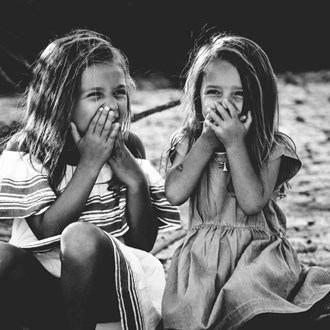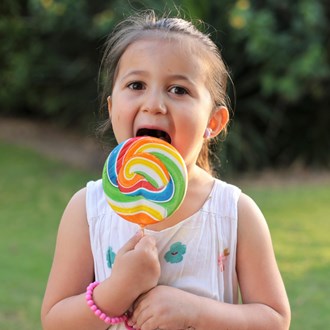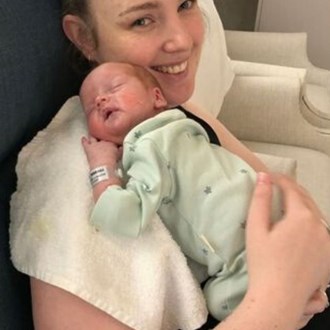Create a safe sleeping space for your baby

Find out how to make your bub’s sleeping environment as safe as possible
By Jan Murray
January 23 2017
Your littlie relies on you to make his sleeping environment safe. He needs a place to sleep that’s warm but where he won’t overheat and is protected from accidental injury.
Where to sleep?
Where bub sleeps may depend on what space you have and what you are doing at the time he needs a snooze. He could be in a cot in his own room, an alcove off your bedroom, a cot next to your bed, or in a bassinette in the family room. If you’re out and about he may need to sleep in the stroller, carry sling, port-a-cot, or car seat. Co-sleeping is also a good option but not if it’s on a soft, spongey surface or with anyone who is overweight or under the influence of alcohol or drugs.
Bub should sleep on the outer edge of the bed rather than between two adults to avoid overheating and smothering, and be sure to use covers made of breathable, natural fibres. A mesh bedrail will help reduce the risk of injury from him falling out of bed, a ‘snuggle bed’ or a ‘bedside attachment’ are good options for safe sleeping in the parental bed. Sudden infant death syndrome (SIDS) and fatal accidents have been linked to co-sleeping when safe sleeping practises have not been properly adhered to.
Not too hot or cold
Overheating is not restricted to summer as it can also happen in winter when heating a room with artificial heat. If you do need to increase the heat in your baby’s room, a thermostatically controlled heater or a type of power-socket attachment are best to use. Always keep a window slightly open in the bedroom for fresh oxygenated air. Your little one regulates his temperature through the head and his face, so keep these uncovered and check on his temperature by feeling the chest rather than fingers and toes.
Use your own discretion to work out what the temperature of bub’s room should be. Whatever is comfortable for you should also be comfortable for your baby when he is dressed and covered in breathable, not synthetic fabrics – these trap the heat and can cause your bub to overheat. Always leave large, cuddly toys or pillows outside the cot and don’t sleep bub on an electric blanket.
Position perfect
When laying your baby down to sleep, place him on his back and position his feet at the end of the cot. After four to five months of age littlies are more active during sleep so minimise overheating and strangling accidents by using sleeping bags with fitted necks, armholes and no hood, or double pyjamas instead of loose sheets and blankets. Remove any ribbon or cord from his dummy, bib or bonnet before sleep to avoid the cords getting entangled around his neck or fingers. Remove any buttons as these could loosen and become a choking hazard.
Make sure nursery furniture is safe. In Australia, cots have an acceptable Australian Standard to ensure their safety. Look for the logo that shows items are approved and check to make sure there are no sharp protrusions, no hinge traps for little fingers to get caught in, and that the cot sides are an acceptable height from the mattress (there should be 250mm from mattress top to the lowest end of cot side when the access is open). The vertical bars should also be at least 50mm apart. It is important for the cot mattress to fit snugly (minimum 20-40mm gap) so bub doesn’t get caught and suffocate between the mattress and the cot side. If you use a second-hand cot, still check these same safety requirements and also make sure there’s no peeling paint.
Position the cot away from the direct sunlight, looped or dangling blind cords, peeling paint, as well as overhead mirrors. If you use a monitor or bed lamp keep the electrical cords well out of reach from inquisitive little hands. This is especially important when bub starts to stand and reach.
Keep it smoke-free
Ensure a smoke-free environment before and after birth as nicotine from smoking can reduce oxygen levels in his circulating blood. The lack of oxygen can cause him stress and could prevent him arousing to breathe. Many parents use a monitor to alert them to bub’s noises, movements, and breathing patterns but there is no research that claims monitors keep babies safe. However, if using a monitor gives you ‘peace of mind’ and you and bub are sleeping well then there is no harm in using one.
Your littlie’s growth is rapid during his first year, which is why it is essential to stay alert to his developmental changes and to protect him from hazards, so he can drift off safely.






